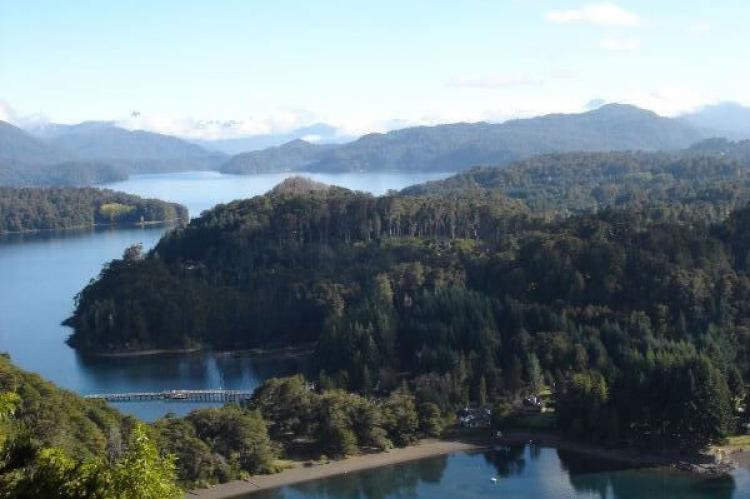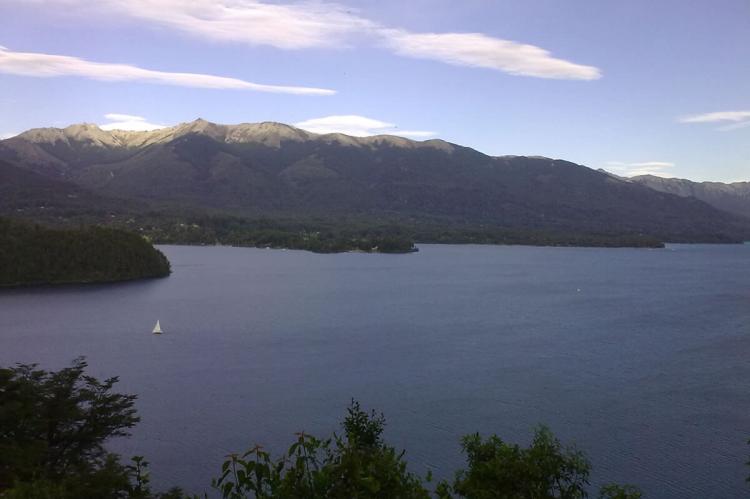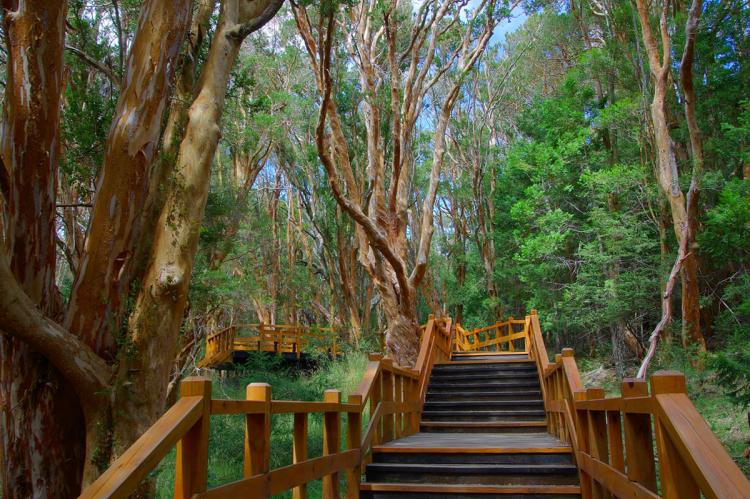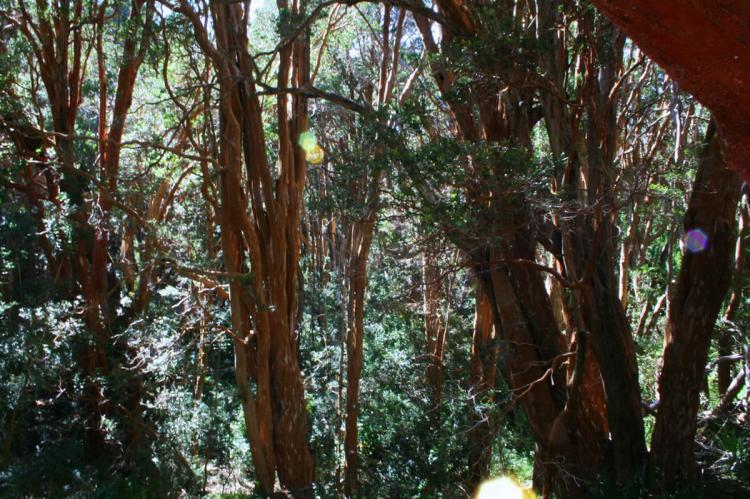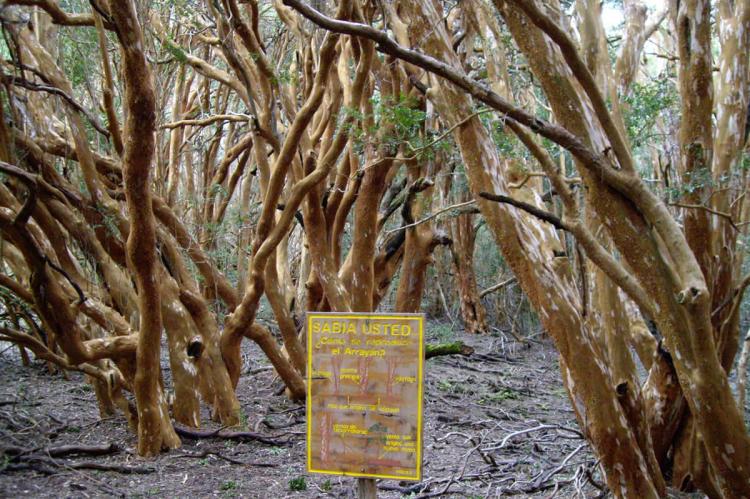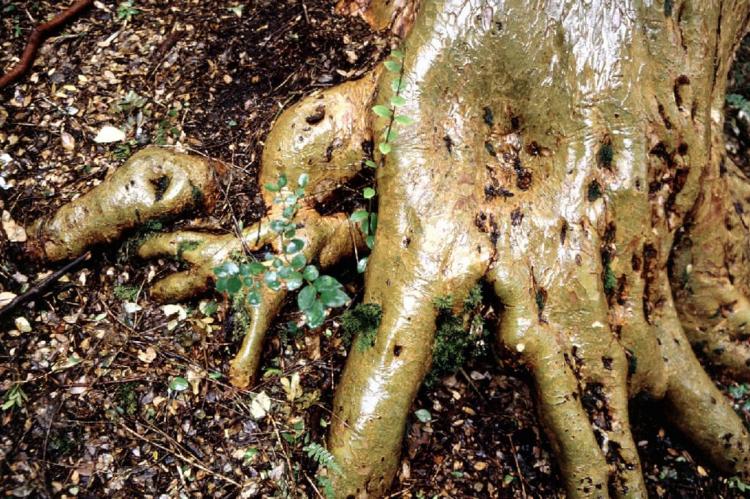Los Arrayanes National Park (Argentina)
Los Arrayanes National Park, located in the southern part of Neuquén Province, Argentina, occupies the entire Quetrihué Peninsula, which stretches south into Lake Nahuel Huapi. It was created to preserve a forest of beautiful Arrayan (myrtle) trees from which it takes its name.
Los Arrayanes National Park
Los Arrayanes National Park is located in the southern part of Neuquén Province, Argentina. It was created to preserve a myrtle forest from which it takes its name.
Los Arrayanes National Park occupies the entire Quetrihué Peninsula, which stretches south into Lake Nahuel Huapi. It covers 1,753 ha (4,332 acres); however, its namesake forest covers only about 20 ha (or 50 acres).
Since its creation, the Quetrihué Peninsula has been integral to the Nahuel Huapi National Park. Then, due to technical and legal considerations, it was considered appropriate to assign the peninsula as a separate protected area, hence the creation of Los Arrayanes National Park.
Now, together with the jurisdiction of the Nahuel Huapi National Park, they are part of a single conservation and management unit whose administrative center is found in the city of San Carlos de Bariloche. Along with four other national parks, it also comprises a part of the Andino Norpatagónica Biosphere Reserve.
The rest of the peninsula bristles with trees like the maitén and the southern beeches coihue and ñire, colorful shrubs like the notro and chilco, and dense bamboo thickets of colihue. The floral standout is the arrayán, whose specimens can reach up to 25 m (82 ft) and 650 years of age.
Arrayan / Chilean Myrtle
The Arrayan tree: also known as quetri, cuthu, or red tree, belongs to the Myrtaceae family. These species are some of the most characteristic and beautiful in the lake region of the Patagonian Andes.
Its scientific name is Luma apiculata. The Arrayan is a tree or bush whose foliage is persistent, and the forests they make up are classified as "evergreen forests" since its foliage does not fall during the winter.
It can be found in humid lands and along the banks of rivers and lakes. Its growth process is slow, but it may reach a height between 8 and 15 m (26 and 49 ft), and its trunk, which is twisted, multiple, and with an extraordinary amount of branches, may reach a diameter of between 28 - 68 cm (11 - 27 in).
A fundamental characteristic of this tree is its bark, which is cinnamon or brick red, as a product of the tannin concentration, and it is silky-smooth and cold. When it falls off, it produces the characteristic whitish spots of the Arrayan tree.
Arrayan wood is a high-quality wood that is semi-hard and semi-heavy. Therefore, to preserve it, it is not used in Argentina.
Their leaves are evergreen, opposing, dark-bright green on their superior face and light green on the lower ones. Its flowers are petite, white-colored, and hermaphrodite. They provide the tree with beautiful colors and pleasant scents during the summer.
Its fruits appear by the end of the summer and are present until autumn. They are fleshy berries with a kind of spherical shape, whose color is black-purplish.
They contain between two and four tiny seeds. However, this number may vary between one and fifteen. These fruits are edible, stimulating, soothing, and healing properties for sores and wounds.
Of all the trees in this forest, the Arrayan is the last one to bloom, from the beginning of January until the end of March, while other species finish their bloom period in December at the latest.
Even though the flowers are essential for the reproduction of the trees, the Arrayan also multiplies thanks to its roots, which give out numerous stems or shoots. Also, a fallen branch may give out roots, producing new branches in the areas exposed to sunlight.
When they grow, these small stems form arboreous bushes, sometimes impenetrable and casting a very thick shadow. Due to these conditions, lack of sunlight, and space, developing other nearby species is difficult.
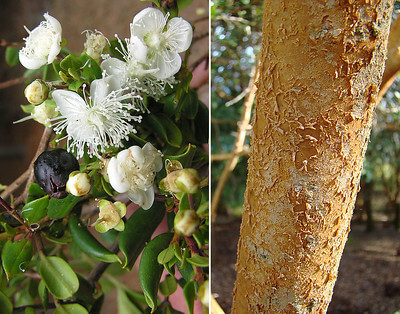
Flowers and bark of the Arrayan (Luma apiculata)
